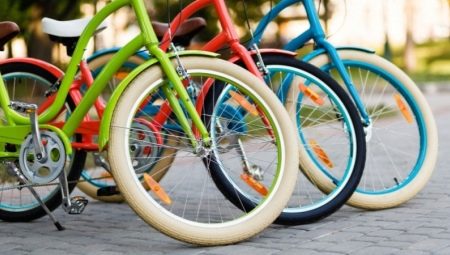This will not seem obvious to beginners, but bicycles are fundamentally different, and one of the most common varieties is the so-called city bike. By the name it is already clear that such a transport is ideally suited for driving in settlements, but it remains to understand what it is, how it looks, and so on.
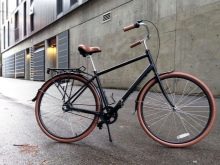
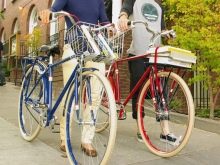
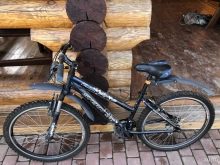
General characteristics
A bicycle for a city was “born” not yesterday - its concept was developed over decades of operation in a city or similar (relatively flat) terrain. This is not a vehicle for serious trials, the emphasis in production is placed on practicality and comfort, while efficiency and speed are somewhat neglected - they are not needed in conditions of convenient roads and constant traffic lights.
A typical urban-style bike is characterized by a high and straight fit - the back of the cyclist is held exactly as if he was sitting on a chair. This position is comfortable thanks to a high adjustable steering wheel and a spacious soft seat.
Speed shift, if provided, offers fewer modes than mountain and sport counterparts.
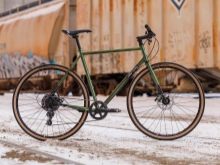


The upper tube in the frame of the city bike is either very low or completely absent - there is no urgent need for it, since the load on the frame in conditions of smooth asphalt roads is reduced, but landing with this configuration is simplified. Shock absorbers are also often absent, but the typical “city” filling is enough: the boot and the bell. Many models are also equipped with a casing for the chain and a front lamp for convenience.
The described transport is extremely convenient for short trips in urban conditions, it does not require any preliminary preparation or special clothing, it is equally effective in all weather conditions. It is such models that are widely used in cities of Western Europe that are massively switching to cycling, for example: in Copenhagen or Amsterdam. A city bike is completely impractical if it is planned to be used for off-road driving, at least in relative terms. therefore such models are often not applicable in the countryside and are not suitable as a tourist or sports transport.
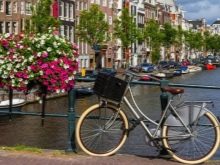
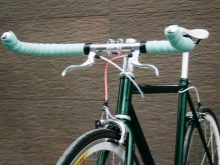

What are they?
Each person can have their own idea of what characteristics are inherent in a city bike, and although in general the list is repeated all the time, each individual feature is optional. In this regard, it is worth explaining what these or other common characteristics of bikes mean.
The traditional city bike was supposed to have large wheels, but today it is in great demand. models with small wheels. A significant diameter is needed in order to more easily overcome any obstacles, but in a city with developed bicycle infrastructure and an abundance of paths there is no need for this. Compact models with a small frame are in high demand in cities, because mini-transport is becoming portable, and it is not so difficult to lift it to any floor, even if there is no elevator in the building.
In addition, when transporting a bicycle in a train or bus, modest dimensions are an additional plus for the owner.
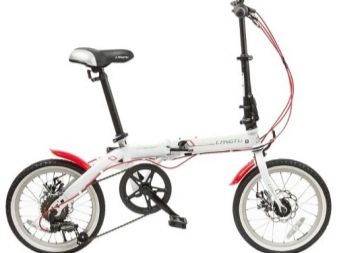
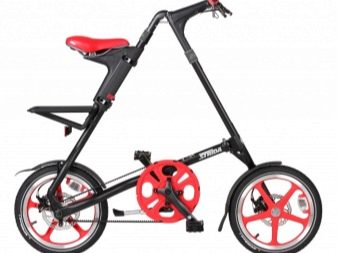
Of great importance is the frame, or rather, the material from which it is made. Carbon bike highly appreciated due to the fact that the main raw material for the production of the frame is inexpensive. Recently, they have also gained popularity. varieties with a frame made of chromium-molybdenum alloy - this is the choice of those who intend to operate their vehicles on imperfect roads or simply wish their bike a longer life.
The features of the frame have already been mentioned above - usually its upper bar is low or absent in order to simplify the task of landing and disembarking. On perfectly flat tracks it is not needed, because transport does not experience significant load due to jumping, which means there is no reason to further strengthen the structure. Moreover, there is no additional bar in compact folding models, where it would only interfere.
At the same time, the “sex” of the bicycle is often judged by the upper bar, believing that the straight bar is more suitable for men, and the inclined bar - for women. However, recently this is no longer relevant.
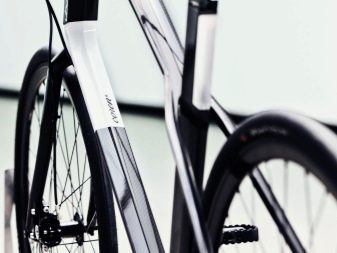
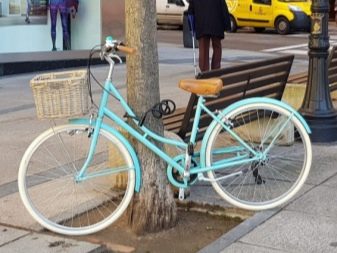
As is the case with any other bicycles, urban models are adults and children. Such a classification is understandable - the convenience of driving largely depends on how much transport corresponds to the growth of the rider, so Children's options are always slightly smaller than adults. However, this type of gradation is not always relevant, because the best manufacturers always produce bicycles with the ability to adjust the height of the seat and steering wheel, which means that the same instance after short manipulations may be convenient for a person of a completely different warehouse than the owner.
The city bike must be safe, falling from it can cause not only trauma or bad mood, but also work that breaks if you are required to be in the workplace in a suit and fall and stain your clothes on the way to the office. For this reason, tricycle models that have long been considered the inheritance of children are very popular.The two rear wheels are not widely spaced - thanks to this, the bike is still brisk and very compact, retaining the ability to squeeze into any slot, but it will not fall even if the cyclist is distracted or has to stop.
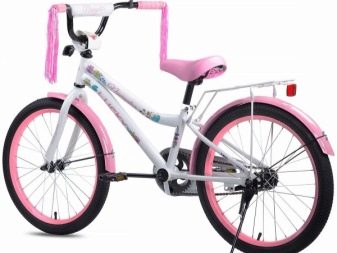

For a city bike, a fairly typical phenomenon is equipment with a luggage carrier or a basket. In many ways, this is convenient - if you constantly carry small objects or some things with you, such an accessory will be very appropriate.
At the same time, the presence of a trunk creates certain problems for folding models, since it significantly limits their compactness, because many cyclists prefer to purchase models without a basket, using an ordinary shoulder bag instead. At the same time, for the transportation of young children, an adult design can be additionally equipped with a special place for a child.
Finally, when creating city bicycles, much attention is paid to the comfort of the rider, and it is expressed at least in protecting the chain and planetary hub - accidental contact with them is impossible.
In addition, many modern models also provide protection for the knitting needles from clothing - this is appropriate if the weather is bad and you need to wear a raincoat.
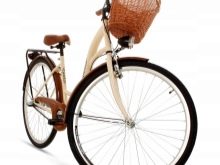
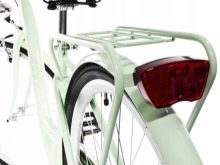
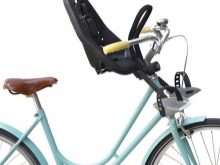
Comparison with other species
The variety of varieties of bicycles is no coincidence - the urban model is different from any of the alternatives. With rare exceptions, you will not have the opportunity or do not want to limit yourself to purely urban conditions, so you should think about whether the city (walking) option is the best choice in your situation. To understand this, we will make a brief comparison of this type of transport with all other bicycles.
In terms of popularity, a road bike can easily compete with a city bike, and it is possible that you saw this kind of variety most often. At first glance, he has few advantages: he, unlike the city one, is clumsy, heavy, and not too comfortable. If the city model is made for convenience in short trips, then its road counterpart is not about comfort, but about reliability, due to the extreme simplicity of the design. There is nothing superfluous in such an aggregate, therefore it costs less, and this is the main transport for the countryside or a summer residence, but you are tormented by dragging it up the steps.
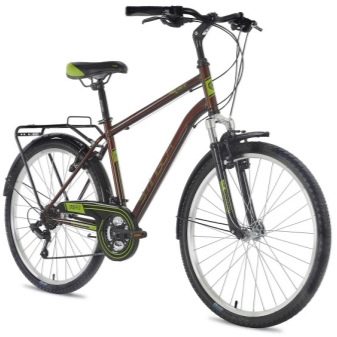
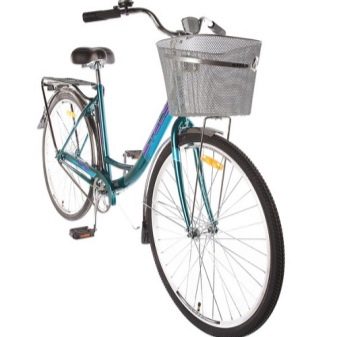
The family of mountain bikes is designed specifically for rough terrain, which means that their main advantages are not revealed in the city. At the same time, they, of course, are able to cope with an ordinary asphalt road, but then there is no point in overpaying for the most expensive models - entry-level models are enough. More serious varieties are intended for trips through the forest, climbing the slopes and rapid descent from them; they are designed for constant shaking, therefore they have a much stronger (and therefore heavier and less comfortable) frame.
They have a lower landing, in order to at least partially neutralize that same shaking, there is no talk of a comfortable soft seat, and all sorts of baskets are meaningless - if they are used for their intended purpose, they will rattle in vain.
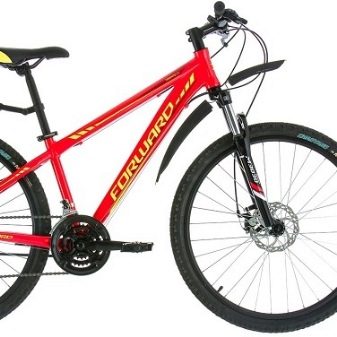
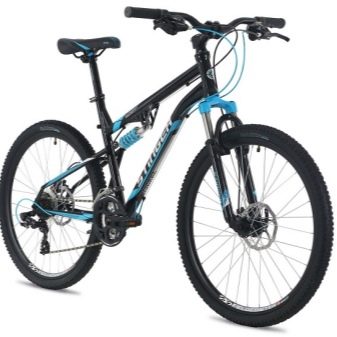
The road bike is designed to quickly travel long distances. It is very light and thin, the landing in it is low, and the movement is provided at maximum speed with minimal effort, because it could be the best option for a large city, if not for one important “but”: this unit was created purely for smooth tracks. If you travel from city to city - then this is an excellent choice, but constant borders will quickly spoil such a bicycle, and in this it loses its urban counterpart.
A universal bike combines the best advantages of other popular types: walking, road and mountain. The first one is inferior in comfort and convenience, the second in speed, the third in ease of movement over rough terrain, but at the same time it is not bad in all of the mentioned characteristics at the same time, which means that it can make a certain competition to urban models, even if it is used only in the city.
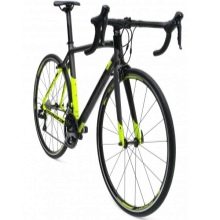
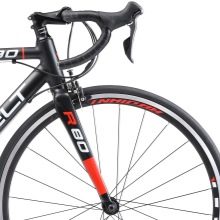
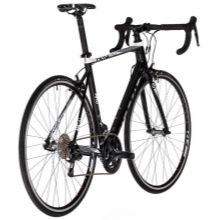
Manufacturers
The bicycle must be reliable, because the safety of the rider often depends on the integrity and durability of the vehicle. You can’t guess in advance with this, but some manufacturers over decades of existence have proven that they know their business and are responsible for it. For this reason, it is worth considering the following brands as potentially the most reliable products.
- Schwinn. The American brand is largely considered prestigious, although the cost of its products can not be called sky-high. Such bicycles are highly appreciated not only due to their high reliability, but also due to their attractive design - at one time many celebrities rode on them: from Elvis and Marilyn to a couple of Jolie-Pitt.
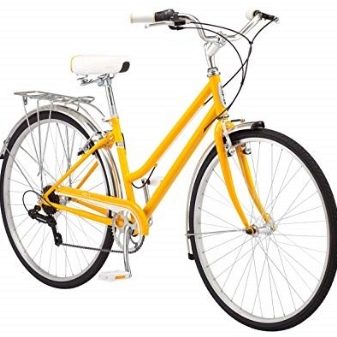
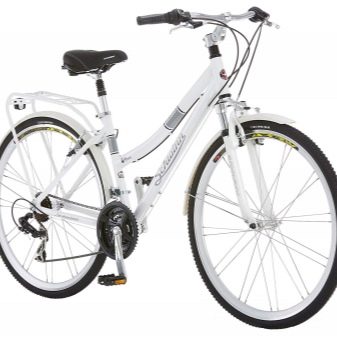
- Trek. The American-Taiwanese company places significant emphasis on the quality of its products - its leading models are equipped with a durable frame made of chromium-molybdenum alloy. With all the convenience and ease of moving around the city, such a bike will appeal to those who are used to keeping themselves in shape - at the request of his rider, he can increase the load on the usual route so as not to waste time on the gym.
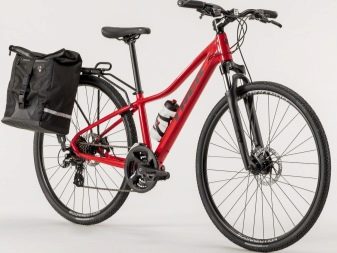
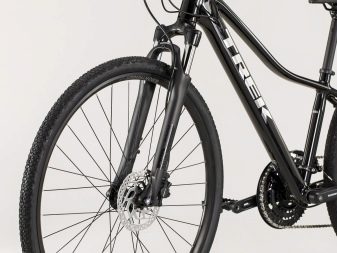
- Strida. An atypically looking folding bike of extremely compact size, having a British origin, today is in great demand in cities. With extreme simplicity of design, the unit requires minimal maintenance and is durable.
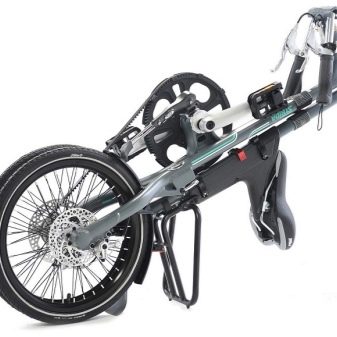
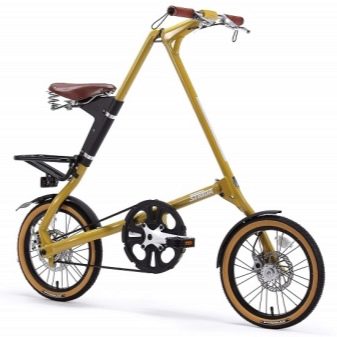
Criterias of choice
Even urban models are different, and the task of the future owner is to correctly determine which bike he needs. Consider the main criteria that you need to pay attention to when buying.
- Simplicity of design. In theory, moving on asphalt is the minimum load on a bicycle, which means that you can safely screen out models with a bunch of “bells and whistles” that cost money and will never be needed in a “concrete jungle”. The simpler the design, the less likely it will break, because any additional accessories (like the same basket or trunk) are only relevant in situations where you are confident in their everyday use.
- Speed. Urban models are multi-speed or single speed (without switching speeds). Theoretically, for a city where there should be no problems with good roads, the last, simpler option is suitable, but much depends on the area - if your typical route involves constant ascents and descents, the presence of a multi-speed mode will not hurt.
- Full size or folding. If the frame is solid and the bike does not require folding, this is usually a plus for the reliability of the unit - it does not have weak points, so it is unlikely to break. At the same time, full-size models are traditionally large, but they need to be somehow stored in an apartment, and it is extremely difficult to place them in public transport. If there is no room for storage at home, and it is planned to regularly transport the bicycle in buses, trains or cars, it is better to pay attention to the folding model, but then at least make sure that the flexible connection is as strong as possible.
- Cost. It is always necessary to pay attention to it in the last turn, but it is worth knowing what factors influence pricing. For example, single speed is always cheaper than a completely similar high-speed transport, and a planetary hub increases the cost even more. Steel frame costs the manufacturer (and the buyer, of course) cheaper than aluminum, and foreign models are always more expensive than domestic ones, even if there is no objective difference.Finally, do not take the price tag as an axiom - check the same model in other stores, maybe it costs less there.
- Frame size. There is a direct correlation between the size of the frame and the height of the main owner, and you should not completely rely on the adjustable seat and steering wheel - for the sake of your comfort and safety, choose the right frame. There are tables to help you understand what size frame is right for you.
- Bike condition assessment. All of the above is a theory, and practical verification is also necessary. Try to ride your favorite bike and stand still, evaluate how integral and reliable the frame looks, whether all the parts hold well, and whether they function smoothly.
Make sure that a particular instance is free from any defects, be it factory defects or sloppy transportation, and only then buy.
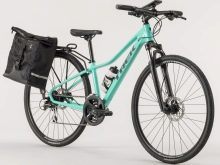
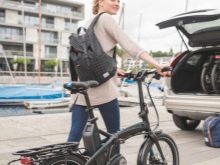
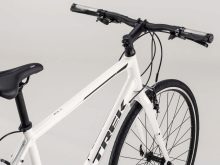
See how to choose the right city bike in the next video.
